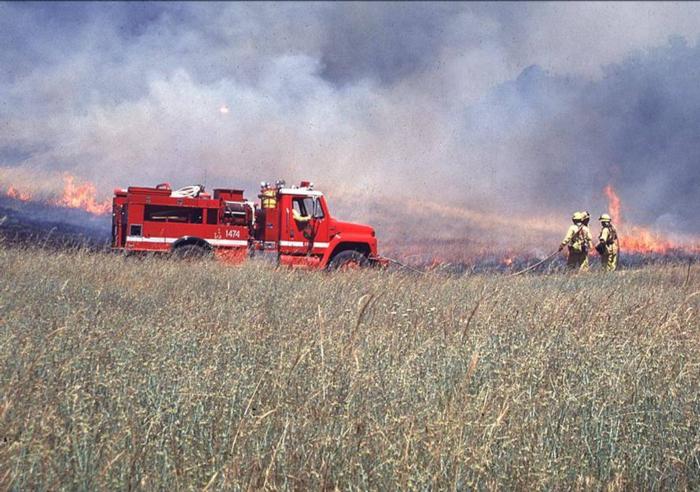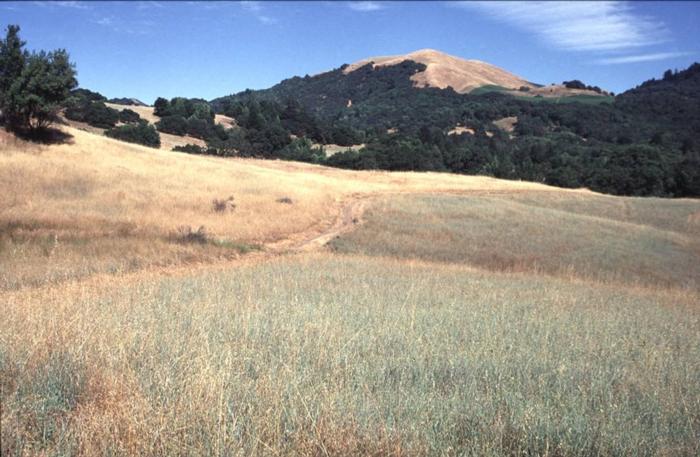Burning, YST 0-25% Tree Cover, Flat
Prescribed Burning (338): This is a highly specialized practice that requires intensive training and sufficient support personnel and equipment. A safe successful burn must be timed for proper humidity, wind conditions, air temperature, and fuel conditions (ignitable vegetation). Safety precautions are carefully planned before the burn and monitored during the burn. Existing barriers, such as streams, lakes, roads, wetlands, and constructed firebreaks, are important considerations in planning the practice. This practice applies to all land uses for the following purposes:
- Control undesirable vegetation
- Prepare sites for planting or seeding
- Control plant diseases
- Reduce wildfire hazards
- Improve wildlife habitat
- Improve forage quantity and quality
- Slash and debris removal following forest management activities
- Enhance seed/seedling production
- Facilitate distribution of grazing and browsing animals
Considerations to burning:
- Obtaining a burn permit. Plan early, starting with Cal Fire's: http://www.fire.ca.gov/resource_mgt/resource_mgt_vegetation.php. Burn permits may take some time to get everything approved. See if you can work with your local fire agency to have the burn be a training burn for them.
- Air quality restrictions. Many locations in the state may fall under the jurisdiction of the Air Resources Board. Please visit their website for further information: http://www.arb.ca.gov/homepage.htm
- Possibility of escaped fire. Dry, windy conditions may increase the risk. Working with your local fire agency will help reduce the possibility of an escaped fire.
- Timing of burn. Research shows that timing the burn during the spring after desirable forages have matured, and YST is still green is the best time for a successful burn program. Burning earlier may allow for YST to regrow, and will result in a reduction of the seedbank of desirable forages. Too late will reduce the YST biomass, but may not affect the current year's seed production.
Burning will release the seed bank of YST and a three year treatment should be planned, either of burning, or a follow up treatment.
Integrated approach
Research shows that burning one year followed by a second year of a chemical treatment is very effective at controlling YST. Please see Integrating prescribed burning and clopyralid for the management of yellow starthistle for more information.

CDF conducting a controled burn on rangelands.

Post fire difference. Above the trail was burned, below was not.
